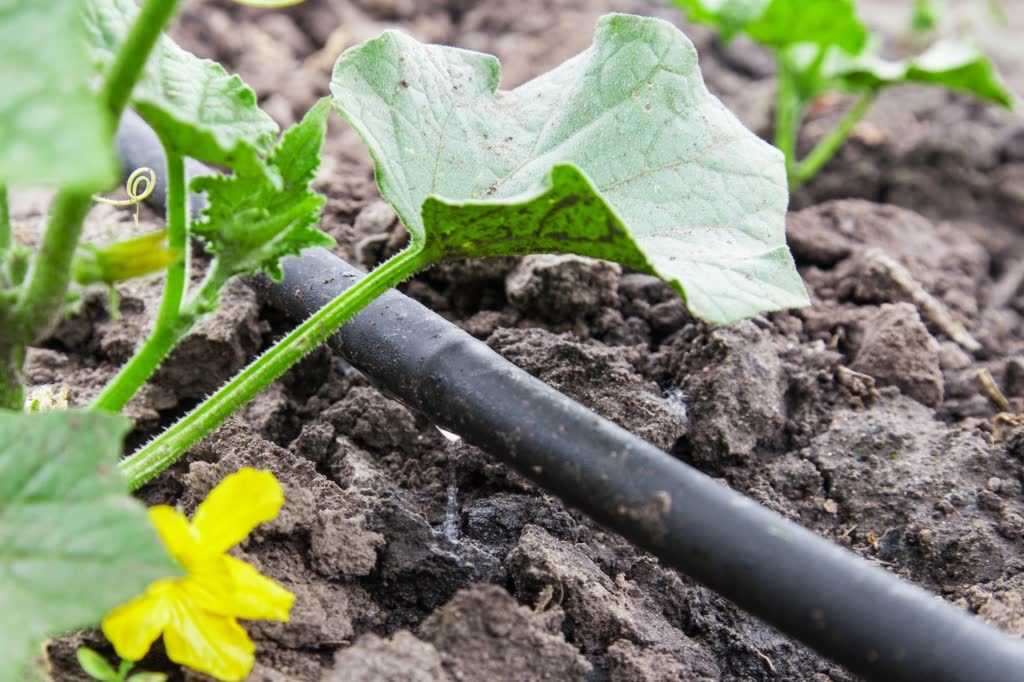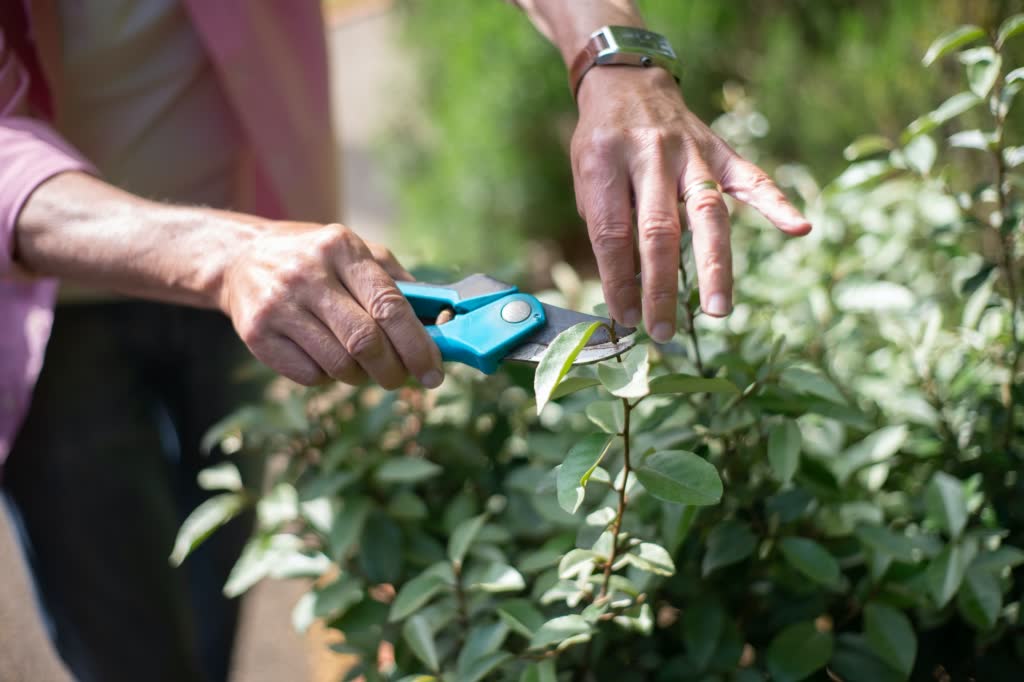
As the temperature rises and the sun beats down, gardeners face the challenge of maintaining healthy and productive gardens in the scorching heat. Gardening in extreme heat can pose a threat to your garden, but with strategic planning and proper care, you can ensure that your plants not only survive but also continue to be productive and provide you with the enjoyment you hope to get from your garden.
I use the following strategies for gardening in extreme heat and I hope providing them here will help you prepare your own garden for times of extreme heat and help you manage your plants when it happens.
Choose Heat-Resilient Plants
It might seem obvious, but selecting the right plants is the first step in ensuring your garden withstands extreme heat. Pick varieties that are well-adapted to what might be expected in a hot weather event in your area. Plants that are native to your area will usually be quite resilient when these events occur, as they have evolved to thrive in the local climate. So, select native to your area to be a feature in your garden.
Mulching for Moisture Retention
Mulching is a crucial practice to conserve soil moisture and protect plants from the scorching sun. Apply a layer of organic mulch, such as straw or bark, around the base of your plants. This will help regulate soil temperature, reduce water evaporation, and prevent the growth of weeds that compete for moisture.
Proper Soil Preparation
The condition of your soil is always the foundation for a healthy garden, and this is no different in extreme heat. Ensuring that the microbiome of your soil is healthy requires that you don’t dig and till your soil too heavily, it should always have a rich level of organic matter. This improves water retention and provides essential nutrients for plant growth.

So, when you are initially preparing your soil in your garden, ensure that it does contain this good level of organic matter - dig it through. As the garden matures, you can just continue to add organic matter to the surface of the soil.
Additionally, if your soil is compacted, I would encourage you to loosen the soil’s surface to facilitate better water penetration and root development.
Watering Techniques
Watering is a critical aspect of garden management in hot weather. Establish a consistent watering schedule, preferably during the cooler parts of the day, such as early morning or late evening. Water deeply to encourage deep root growth, but be cautious of overwatering, as this can lead to root rot. Drip irrigation systems and soaker hoses are efficient methods that deliver water directly to the base of plants, minimizing water wastage.

Hydration Monitoring
Regularly monitor the moisture levels in your soil to gauge your plants' hydration needs accurately. Stick your finger into the soil up to the second knuckle; if it feels dry, it's time to water. Investing in a moisture meter can provide more precise measurements and help prevent both under and overwatering.
Shade Solutions
Provide relief to your plants from the intense heat by implementing shade solutions. Use shade cloth or row covers to protect sensitive plants during peak sunlight hours. Alternatively, strategically place taller plants to create natural shade for those with lower heat tolerance. Container plants can be moved to shaded areas during the hottest parts of the day.
Timing is Key
Timing your gardening activities is crucial in extreme heat. Perform tasks such as planting, pruning, and fertilizing during the cooler hours of the day to minimize stress on your plants. This not only helps conserve water but also reduces the risk of heat-related damage.

Fertilize Wisely
During periods of extreme heat, plants may not require as much fertilizer, and applying it indiscriminately can lead to burning. Use a slow-release fertilizer to provide a steady supply of nutrients over time. Additionally, consider organic fertilizers, which improve soil structure and microbial activity.
Protecting Potted Plants
Container plants are more susceptible to temperature fluctuations, so extra care is needed. Move potted plants to shaded areas, and use saucers to catch excess water, preventing soil from drying out too quickly. Insulate pots with reflective materials to reduce heat absorption.
Adequate Air Circulation
Ensure good air circulation in your garden to dissipate heat and reduce humidity. Prune dense foliage to improve airflow, and strategically position plants to avoid overcrowding. A well-ventilated garden is less prone to diseases, fostering a healthier environment for your plants.
Regular Maintenance
Consistent and vigilant maintenance is crucial in extreme heat. Regularly inspect your garden for signs of stress, pests, and diseases. Promptly address any issues to prevent them from escalating, and remove dead or damaged foliage to redirect the plant's energy to healthy growth.
Garden Infrastructure
Invest in garden infrastructure that aids in temperature regulation. Consider installing trellises or pergolas to provide shade, and use reflective materials to bounce sunlight away from delicate plants. These additions not only enhance the aesthetic appeal of your garden but also contribute to its overall health.
Managing your garden during extreme heat requires a combination of proactive planning and preparation as well as some reactive activities when the extreme heat event happens - remember, it is not just about what you can do when it happens, but also building your preparations into your garden design. If you do this, you can create a garden that not only survives but thrives in the face of challenging weather conditions and you will be well-equipped to enjoy a productive and flourishing garden throughout even the hottest of days.
Helpful Videos
I am an educator and passionate gardener and traveler. Throughout my adult life, gardening has been my passion, therapy, drive and source of purpose. Even as a child I had an intrinsic interest in plants and a desire to understand what makes them grow.
I distinctly remember the moment this began - my family was on one of our regular road trips from Hervey Bay; Australia. We were driving past a field of sugar cane. Dad pulled the car over and we cut a couple of sugar cane stems and brought them home for a treat. To be honest, I didn’t really like the taste, but I did want to try and grow it; and that is exactly what I did. It was then that my fascination, interest and passion for gardening and understanding plants began.
Fast forward a few years and I studied biological sciences and began what would be a 36 year career as a Biology educator. From this, I don’t only love gardening, but I also love helping others learn about gardening. I am also always looking for new ways to develop my own gardening knowledge. I like to think I am truly a life-long learner.
Fundamental to my beliefs about education is that learning is often best done as a part of a community - learning from others, and helping others to learn. It is this type of community that I hope iCultivate will be for its members - a community of gardeners, keen to share their gardening knowledge and wanting to learn about new ways to garden - a community built on the love of gardening.











Get involved!
Comments